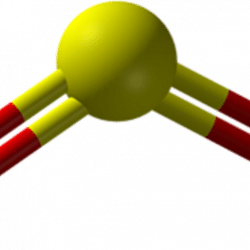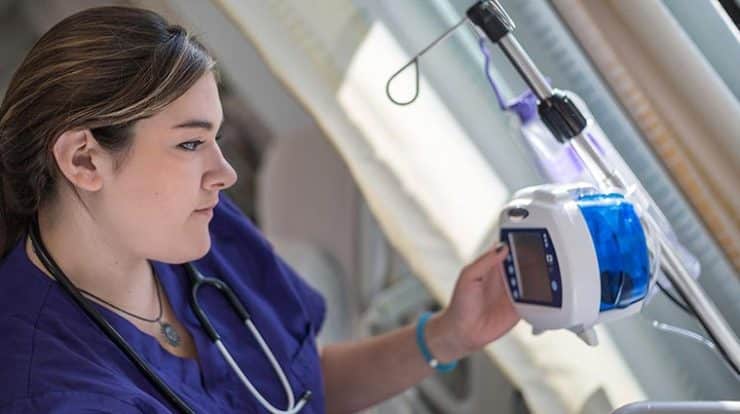Both plasma and serum form the liquid part of the blood. However, there are several differences between them. We will discuss them here. Blood is a connective tissue. It runs throughout the human body transferring various substances from one place to another. It also regulates metabolic processes. Blood chiefly contains the three blood cells- red blood cells or erythrocytes (RBC), white blood cells or leukocytes (WBC), and blood platelets or thrombocytes. Along with these exist the plasma and serum.
During blood tests, pathologists mostly check this plasma and serum. These two components of the blood separate themselves when scientists conduct centrifugation of a blood sample. This is possible because they have different weights and densities.
After scientists have performed centrifugation on the blood sample, the material they get when they treat the blood with anticoagulation compounds is the plasma. This liquid makes up around 55 percent of the total volume of blood in the body. It consists of 90 percent water. Therefore, it primarily forms the liquid portion of the blood.
Apart from water, the plasma also contains certain proteinaceous substances. These are fibrinogen and albumin. Fibrinogen helps in normal clotting of the blood in case of any injuries. On the other hand, albumin helps to regulate enough fluid in the bloodstream. This ensures that there is no leakage from any other tissue.
The chief objective of blood plasma is transportation. It regulates the movements of hormones, different nutrients, antibodies, and proteins to different target sites of the body. There is an entire mechanism behind its functioning. The plasma runs all through the body. The cells bring their waste materials to the flow of the plasma. This, therefore, highlights another important function of the plasma. This is waste discharge.
After scientists have performed centrifugation on the blood sample, the material they get after they have allowed the blood to clot is the serum. The simplest way to understand what plasma is, that it is the blood plasma without solid constituents. Therefore, this means without the blood cells and the platelets or clotting factors.
In the process of centrifugation, scientists obtain the clotting factors. We have already seen that blood plasma contains the proteinaceous substance fibrinogen. Now when scientists discharge these clotting factors, fibrinogen converts itself to fibrin. This fibrin is an insoluble protein. Therefore it primarily helps in the repair of damages that exist in various tissues. It does this by forming a clot in the place of the injury. So, this formation prevents the flow of blood to the injured location.
A fine line exists between what blood plasma is and what serum is. There are several important differences between them. We shall chart them out now.
Plasma is mostly liquid but the serum is strictly fluid. This means that the plasma has solid components which are chiefly the blood corpuscles. The serum lacks these.
They contain several similar factors. However, blood plasma contains fibrinogen. Serum again lacks this.
The process of centrifugation helps in obtaining both blood plasma and serum. However, one must remember that scientists may obtain serum only when the blood has clotted. On the other hand, scientists can get hold of the blood plasma well before the blood coagulates.
Plasma is chiefly necessary to resolve problems involving blood clotting. On the other hand, serum finds its usage in pathological testing of blood and blood typing.
Blood plasma and serum differ on a lot of factors, as we already know. Here we will note the differences based on 17 different factors.
The serum is clear yellow fluid. It is visible when the blood has clotted. Plasma is more yellowish in nature and is a little alkaline. The blood cells float freely in it.
There are proteinaceous substances like antigens and antibodies in the serum. It also contains electrolytes and hormones. However, in addition to these, the plasma contains salts, lipids, and glucose. The blood cells also lie suspended in the plasma.
The serum does not contain all the clotting factors. However, it does contain factors IX, X, XI, and VII/VIIa. On the other hand, the blood plasma contains all of the clotting factors.
Plasma contains much more water than serum. There is some 92 to 95 percent of water in the blood plasma. However, the blood serum has only around 90 percent of water.
Blood plasma has a lot more components than serum. It contains all clotting factors, blood cells, proteins, etc. Serum lacks several proteinaceous substances but does have proteins like albumin and globulins in it.
While blood plasma does contain fibrinogen, it is absent in serum.
Cells are in general absent in the serum. However, they arise during clot formation. They generally attach themselves to one another. On the other hand, cells are one of the constituents of blood plasma. They do not attach themselves rather lie suspended in the matrix of the plasma.
For separating both, scientists use the process of centrifugation. The spin after blood has clotted gives the serum. Scientists can gather the plasma before the spinning starts.
These are not required for separating the serum. However, they find importance in the process of obtaining blood plasma.
Separation of blood plasma is comparatively easy. It is also much cheaper. On the other hand, separating serum can be both very costly and expert-oriented. It also requires a lot of time. So, the feasibility of plasma separation is much higher.
Blood plasma occupies 55 percent of the total volume of the bloodstream. In comparison to this, serum occupies a much lesser proportion.
The density of blood plasma is slightly more than that of the serum. Plasma has a density of 1.025 g/ml while that of serum is 1.024 g/ml.
Frozen plasma has a much higher shelf life. Scientists can store it even for a complete year. On the other hand, scientists must store serum at 2 to 6 degrees celsius. This remains for a few days, not for a year.
Standing of the plasma or serum is pivotal here. Standing causes discoloration to the plasma. However, it does not at all affect the coloration of the serum.
The serum is the chief source of the electrolytes present in the blood. The plasma helps in transporting metabolites and excretory substances from one part of the blood to another. The blood plasma also significantly regulates body temperature and checks blood pressure.
There exists a study that deals with serum and how scientists analyze it for various diagnostic uses. This they call serology. Scientists call the process by which centrifugation separates plasma from the overall bloodstream plasmapheresis.
The most important application of human serum is pathological diagnosis. However, an animal serum is also very important. It finds wide applications in the making of anti-venom, antitoxins, and various vaccines. Both human and animal sera find significance in therapeutic causes. Scientists, on the other hand, administer plasma to those who have a lack in blood cell count. Doctors also give it to patients who suffer from disorders like severe clotting issues like hemophilia or cuts, shocks, and burns which do not heal on their own.




